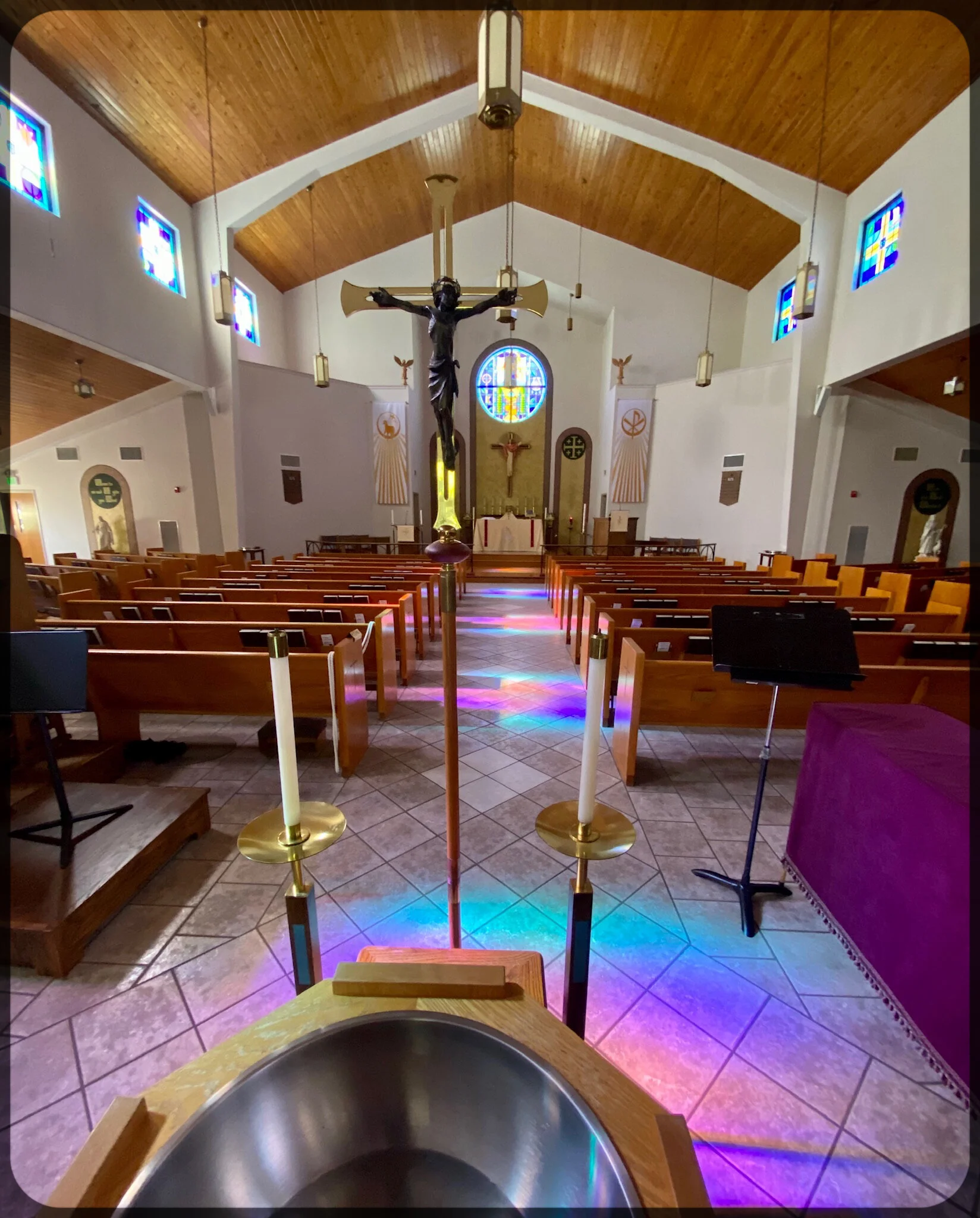It is no secret but neither is it well known or understood by many baptismal fonts are eight sided. Though it may seem tangential to other things, eight is not a number without its own numerological significance.
For example, the eighth day is the day associated with the Resurrection of our Lord and the dawn of the new creation. Jesus rose on the eighth day, the day after the Jewish sabbath, as well as the third day and the eighth day has long been associated with the beginning of the eternal future God alone provides.
Secondly, the Jewish custom also reflective of our Lord Himself is that the boy was circumcised on the eighth day. New Years' Day is observed then as the Circumcision and Name of Jesus. While circumcision itself has been supplanted by baptism, the parallels are not insignificant. St. Paul explained to his communities how “True circumcision is not
outward, in the flesh. Rather, one is a Jew inwardly, and circumcision
is of the heart” (Romans 2:28-29). The shape of the baptismal font then reflects this “circumcision of the heart” and the new birth of water and the Spirit that takes place in baptism -- fulfilling circumcision and sending it forward in the new shape of the Holy Sacrament of Baptism.
Third, the number eight recalls Noah's ark and how eight people were saved by water. "[W]hen God’s patience waited in the days of Noah, during the building of the ark, in which a few, that is, eight persons, were saved through water." 1 Peter 3:20 Luther himself references this in the so-called Flood Prayer of Holy Baptism.
None of this adds anything to the Sacramental efficacy or validity but it draws the mind of the baptized to the miracle that is Holy Baptism and to its own history, rooted in the flood of Noah, the crossing of the Red Sea, the rite of circumcision, our Lord's own submission to circumcision and the shedding there of the first blood of the new covenant, and to the sprinkling of many nations that cleanses from sin.
People have probably missed a great deal of the richness of the symbolism that is all around them in the art and architecture of the Church. Sadly, it is not the aesthetic that is being missed here but the prompts to the faith that should and ought be the godly use of art and decoration in the house of God, indeed the service of beauty to the cause of redemption! Perhaps we have lost some of this because some of those designing for the Church are not primarily in service to the Church, having religious architecture as a sidelight rather than a primary focus. Perhaps we have lost some of this due to the economy of building in which art and beauty are things that must wait until the more urgent drains on the budget are met. Perhaps we have lost some of this because our form follows function world has sacrificed beauty for utility. Or, if we were honest, it could be because we no longer value the role of art to inspire the heart, the cause of beauty to touch the soul, and the visual as the Word for the eye. You tell me.
.jpg)
No comments:
Post a Comment